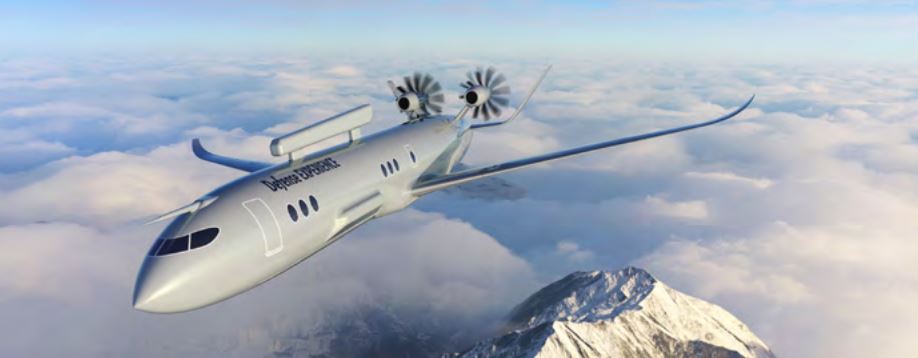By Vishesh Goel & Georges Maury
For those who missed the event, here are the key highlights I would like to share with you on the three themes of the event: aerospace supply chain, defence, and space.

The commercial aviation industry has seen a downfall in its revenue by almost a third in 2020 due to the covid crisis and companies are trying to find an alternate sector to gain sustainability. In this context, Philippe Robardey, CEO Sogeclair, highlighted the fact that the industry is moving towards the satellite sector and the adoption of electrical technologies in the aerospace industry. Using the existing talent and expertise, Sogeclair started working on the manufacturing of ventilators to support the medical system of the country as it uses similar technology as in the aviation industry with high precision and accuracy.
Nicholas Bonleux, MD Liebherr-Aerospace & Transportation, focussed on the conversion of the crisis into new opportunities such as cooling systems and electronic systems in the aircraft. The new challenge is to make the aerospace supply chain more flexible and resilient. The integration between the aircraft suppliers and various processes through digital transformation helps in reducing time to market and maintain high-quality standards.
Siva Balasubramanian, VP of factory support engineering, Spirit AeroSystems brought an interesting point about how digital twin can integrate both the customer and the supplier through a virtually simulated environment. The supplier can see the output quicker, changes are identified at the earlier stage of manufacturing and real-time feedback is always available. The product delivery time to market can be cut down by almost 30% with the use of digital transformation in the aerospace supply chain.
Some of the biggest fears in the aircraft industry today which even keeps the leadership & management team awake are:

The interstellar lab is a research company that creates environmentally controlled closed-loop habitats and biospheres that generate specific climatic and atmospheric conditions for humans and plants to live in. These domes will be used to build villages containing the infrastructure and resources necessary to sustain human life on Earth, Moon and Mars.
Barbara Belvisi, founder and CEO of Interstellar lab, explains that when she created the company in 2018, she was looking for a unique tool to collaborate with design, simulation, and logistics data, accessible to everyone at any time, anywhere in the world.
“It’s very important to be able to work on the same document or file and use the same folders, use the cloud to share and collaborate on the same data and finally be able to reiterate faster “
Jim Rohne, lead designer at Interstellar lab also explains why using the 3DEXPERIENCE platform is the key to success:
“Many domains must collaborate together as for example parametric design, simulation, logistic, manufacturing, material sense, and the team is present between 2 continents. We need to access the same data at the same time so bringing all these fields and locations on the similar platform is important. There is no rule for error”
Having data in a centralized location and using design as a virtual twin has really helped in the simulation and testing that’s needed in aerospace industry.

According to Philippe Gautier, chairman of Hemeria group, continuity between various defence and space systems is important as part of digitalization. We do not sell the same product to different customers, instead, customization is much higher in the space and defence industry.
“Unlike the automotive industry where changing seat colors or interior lighting a new product can be delivered to a customer, we have to do more significant changes to our product line everytime”.
Jean Marc Nasr, head of Space Systems at Airbus Defence & Space, forecasted the risk of cybersecurity within the aerospace industry.
“The satellite is now digital from the early design up to the engineering phase including integration, launch and maintenance in its orbit. We need to protect ourselves from a Digital Pearl Harbor”.
Big IT companies spend almost 15% of their budget on cybersecurity solutions but small players can not afford to do that. It is a reason to worry as, with all data going to cloud servers and rapidly increasing connected systems, if the space & defence industry is not protected, one day there can be a cyber attack and a loss of defence data could be catastrophic for nations.
Dassault Systèmes provides an integrated platform with a unified data model and single user experience, to complement the organization’s digital transformation, and promote digital continuity through the use of the virtual twin across its defence and space products.